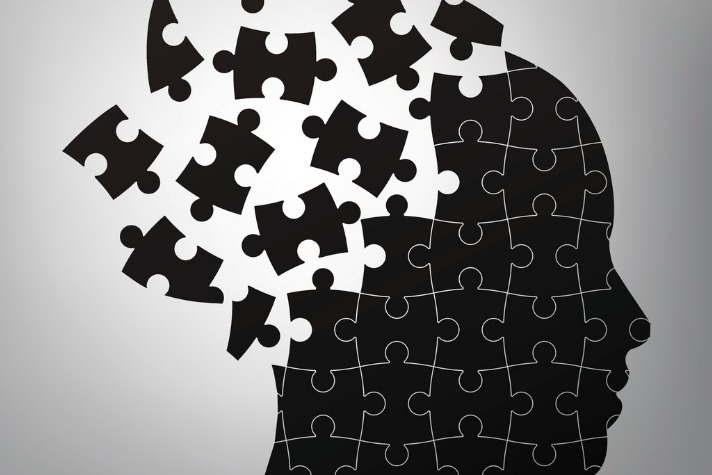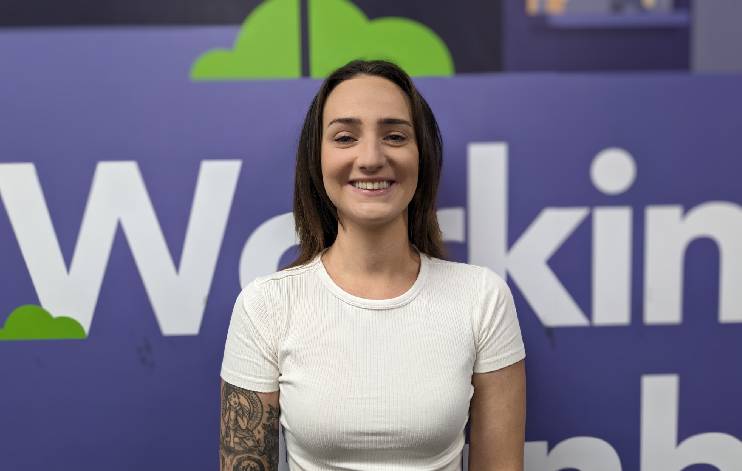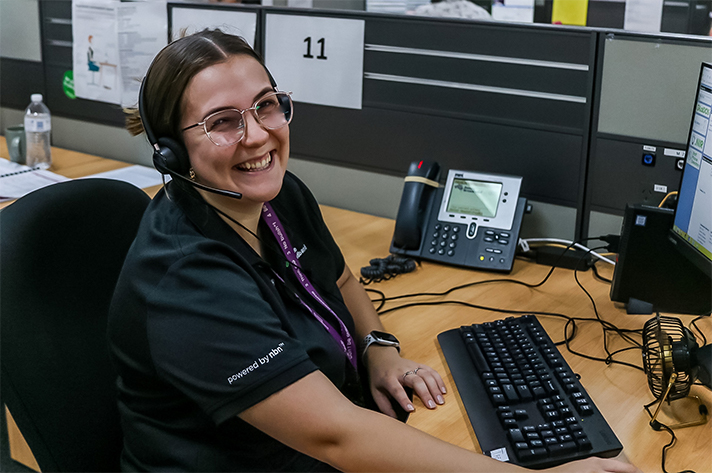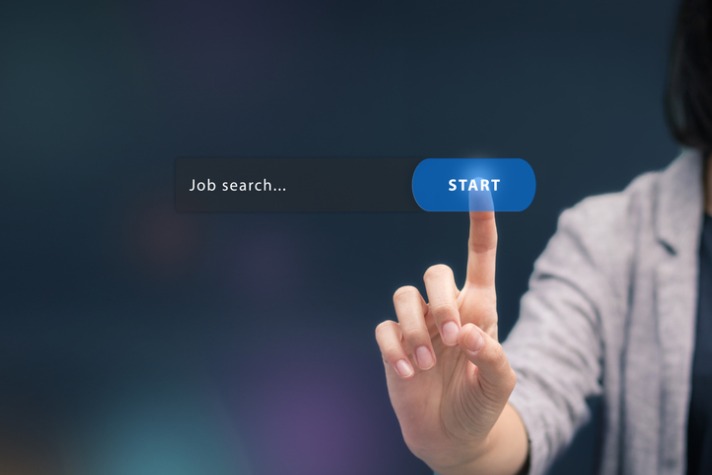What is Attention Deficit and Hyperactivity Disorder
Published by MAXSolutions on January 22, 2025

Attention Deficit and Hyperactivity Disorder (ADHD) affects the brain’s higher-level thinking or executive functioning and can affect attention and the ability to self-regulate behaviour, thoughts and emotions.1
This can lead to difficulties at in social and interpersonal functioning. The most common features of ADHD are:
• Difficulty paying attention
• Hyperactivity
• Impulsivity.
ADHD can be difficult to diagnose. Everyone has trouble paying attention occasionally and we can all do impulsive things. The difference is the level of disruption caused to occupational, social and interpersonal functioning.
ADHD is one of the most researched neurobiological, developmental conditions in the world2. Much of the research into ADHD focuses on children, however, children with ADHD grow up to become adults with ADHD who enter the workforce.
If you are concerned that you have ADHD, or that a loved one does, it is important to be properly diagnosed. The best place to start is by seeing your General Practitioner (GP).
ADHD can be managed by medication and psychological therapies. Once properly diagnosed, taking prescribed medication and seeking the appropriate support can help people to function successfully at work and in their personal lives.2
ADHD in the Workplace
Awareness and understanding of ADHD is increasing. More and more people are getting properly diagnosed and as a result, they are gaining access to appropriate supports and interventions.2
Research indicates that people with ADHD have common difficulties. Challenges related to the work environment include distractibility, impulsivity, hyperactivity, poor memory, boredom, difficulties managing time, procrastination, difficulty managing long-term projects, difficulty paying attention to detail, and interpersonal or social skills issues.
However, some studies have shown that people with ADHD outperform people who don’t have ADHD in some areas. Workplaces that are supportive of people who have ADHD are more likely to be able to create environments that harness their strengths.
Strengths of ADHD
Adults who have ADHD have more real-world creative achievement than adults who do not have ADHD3. This means they tend to be more creative; they have unique ideas, divergent thinking and original solutions to complex problems.
People with ADHD can be easily distracted, inattentive, forgetful, have trouble listening, difficult sleeping, be disorganised, talkative, hyperactive, have poor time management, low frustration tolerance and daydream. However, they can also be empathetic, energetic, spontaneous, creative, intuitive, imaginative, inventive, innovative, enthusiastic, adventurous and they can hyper focus on areas of interest to them.
How can workplaces realise strengths of people with ADHD?
Not all employees with ADHD will want these or any accommodations. Rather than make assumptions, talk to each individual in order to understand their personal needs.
- Create distraction-free zones
- Quiet zones within the office and avoiding distractions, can facilitate deep work.
- Create no-interruption periods
- People with ADHD struggle to concentrate when constantly switching between tasks, meetings, and emails. Allowing them 1-2 hours daily to work undisturbed, without answering messages or calls, can significantly improve their productivity.
- Break large tasks into incremental deliverables
- For large long term projects, plan smaller steps of the process with more frequent, sooner due dates. This helps people who struggle with procrastination.
- Connect employees with resources and benefits
- Tools exist that can help people with ADHD build focus. For example, there are a video games clinically designed to treat and improve ADHD symptoms for adults.4
If you would like to work better with neurodivergent people, or if you are a neurodivergent person contact your EAP in Australia on 1800 629 277 in New Zealand on 0800 327 669 or email support@maxsolutions.com.au
References
1. Marshall, B. A. (2022). Workplace neurodiversity: An exploratory study (Order No. 29391042). Available from ProQuest Central. (2727595283). Retrieved from http://ezproxy.slq.qld.gov.au/login?url=https://www.proquest.com/dissertations-theses/workplace-neurodiversity-exploratory-study/docview/2727595283/se-2
2. Kollins, S. (2024). Your employees with ADHD are struggling. here's how to help. Employee Benefit News (Online), Retrieved from http://ezproxy.slq.qld.gov.au/login?url=https://www.proquest.com/trade-journals/your-employees-with-adhd-are-struggling-heres-how/docview/2938218703/se-2
3. Robbins, R. (2017). The untapped potential of the ADHD employee in the workplace. Cogent Business & Management, 4(1) doi:https://doi.org/10.1080/23311975.2016.1271384
4. McIntosh, C. K., Hyde, S. A., Bell, M. P., & Yeatts, P. E. (2023). Thriving at work with ADHD: Antecedents and outcomes of proactive disclosure. Equality, Diversity and Inclusion: An International Journal, 42(2), 228-247. doi:https://doi.org/10.1108/EDI-02-2022-0033
Share
Tags
Found this useful?
Help and advice
Our blogs are about helping people seek the information that they need for their steps in the workforce.




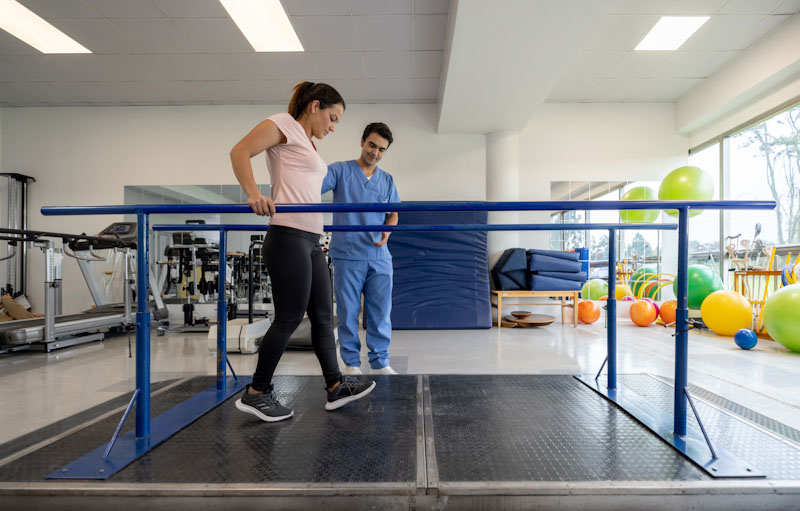




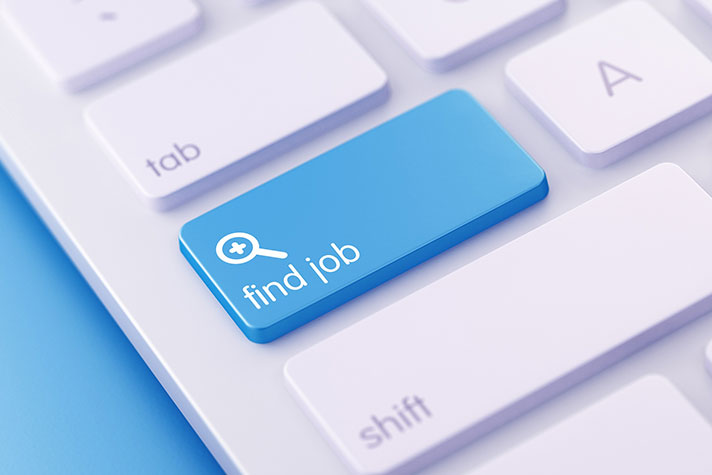




_1.jpg)


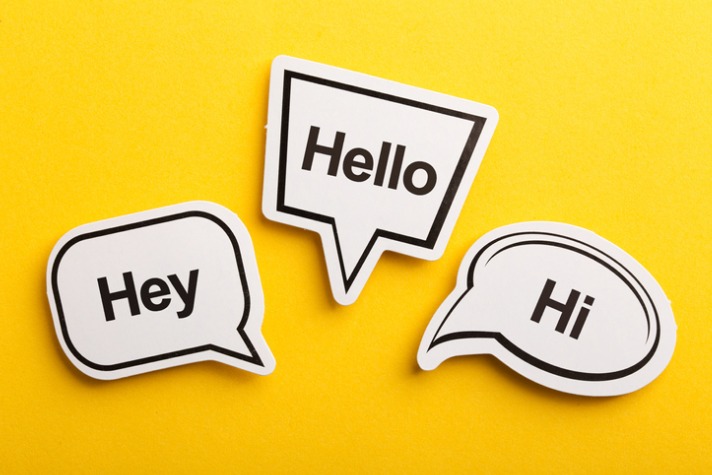

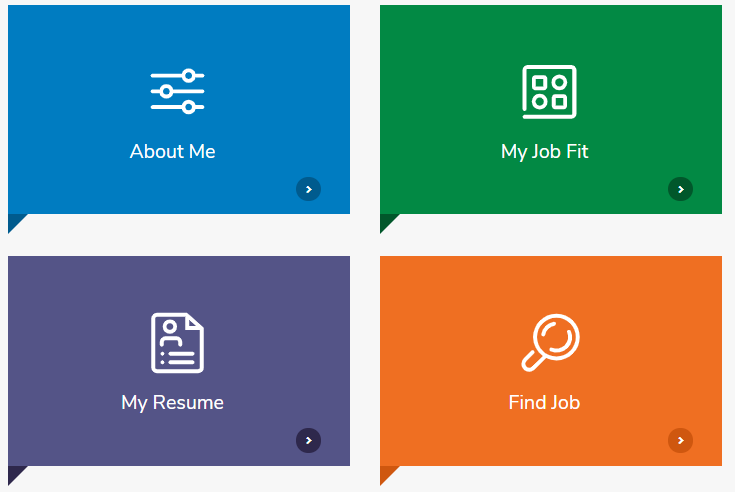

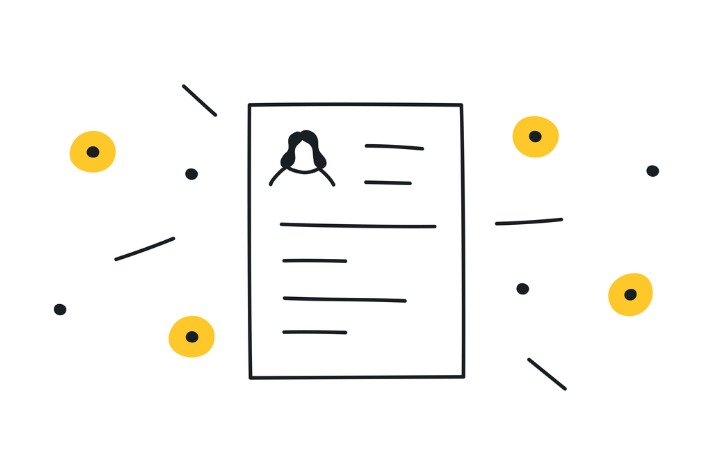

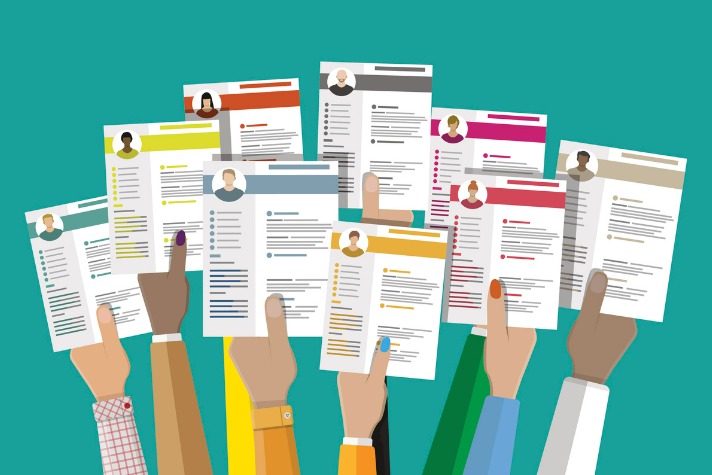




















.jpeg)


